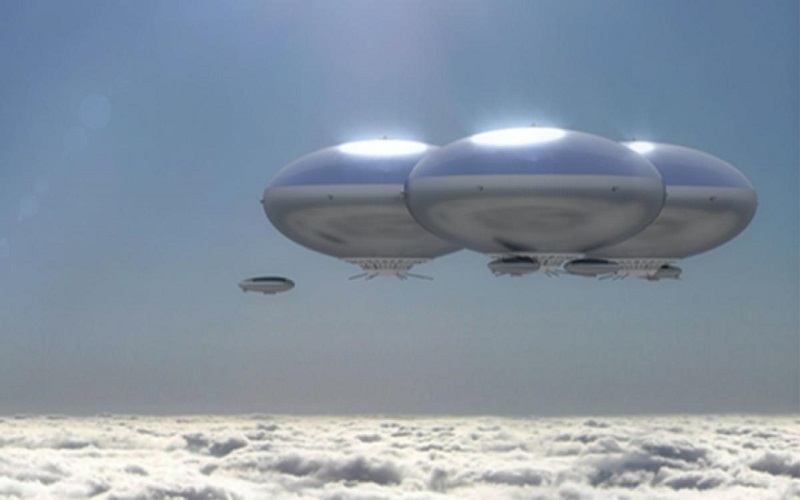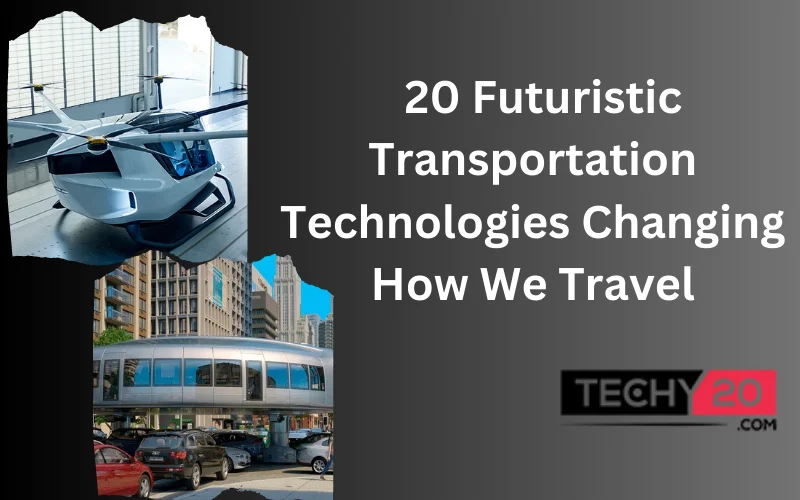The way we move is changing, and the future of travel is closer than ever. From flying taxis and autonomous vehicles to hyperloops and self-driving buses, innovation is propelling us into an exciting era of mobility. These futuristic concepts are not just ambitious dreams; many are already in development and promising to revolutionize how we move from point A to point B. These advancements go beyond mere efficiency and speed; they envision a future where commuting becomes seamless, sustainable, and even thrilling. In this article, we’ll explore 20 revolutionary transportation technologies that are reshaping the way we travel.
1. Hyperloop
The Hyperloop concept was first introduced by Elon Musk in 2012. It is a high-speed transportation system consisting of pods that float in an end-to-end tube using magnetic levitation, reducing friction like air hockey. The system is being developed extensively in many countries like Spain, India, Poland, and Germany. Planned routes include New York to Washington DC, Pune to Mumbai, and Kansas City to St. Louis.
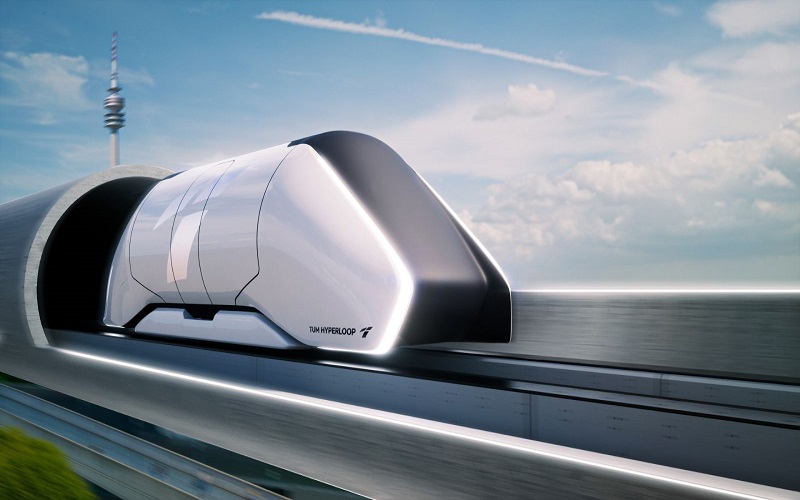
2. Autonomous Cars
Autonomous cars are no more a far-fetched concept. Thanks to IoT, AI, and LiDAR technologies, they have now become a reality. Companies like Tesla and Waymo are leading the autonomous revolution. People are getting comfortable with self-driving vehicles, which are safer due to their ability to overcome human errors.
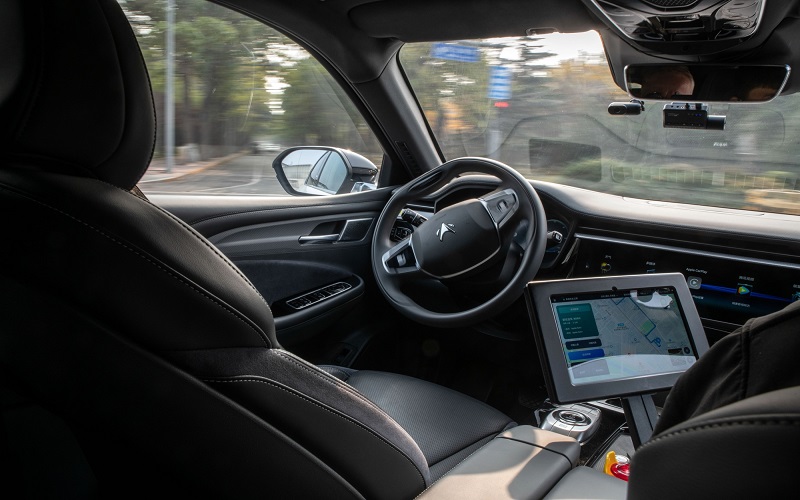
3. Flying Taxi
Flying taxis will shape the future of transportation. Over 20 companies are prototyping aerial transportation methods with flying taxis. The goal is to offer safe and reasonably priced rides above cities without being a nuisance to people on the ground. However, the system faces many challenges, including costs and regulations, as building safe and affordable aircraft is difficult under current market trends.
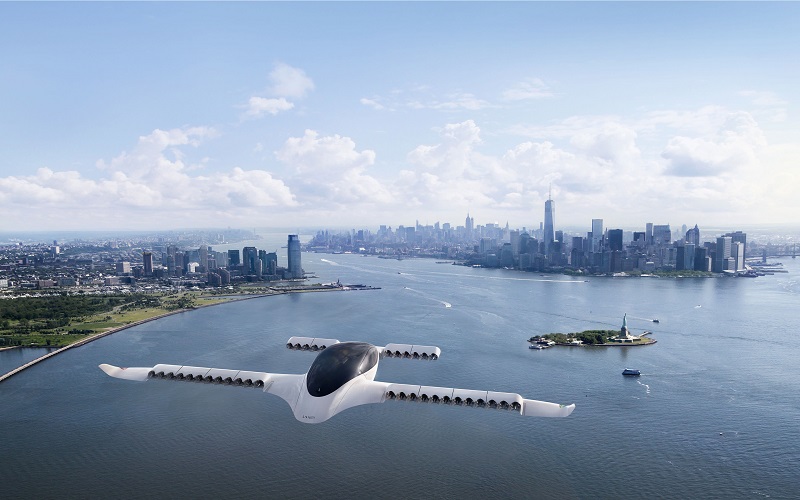
4. Smart Roads
Smart roads connected to IoT can save lives by reducing accidents. Portugal’s EU-funded scheme will create 1,000 km of smart roads, enabling wireless communication between infrastructure and smart vehicles. In Sweden, a pilot project electrified a 2 km road to recharge electric cars while driving, reducing pollution and reliance on fossil fuels.
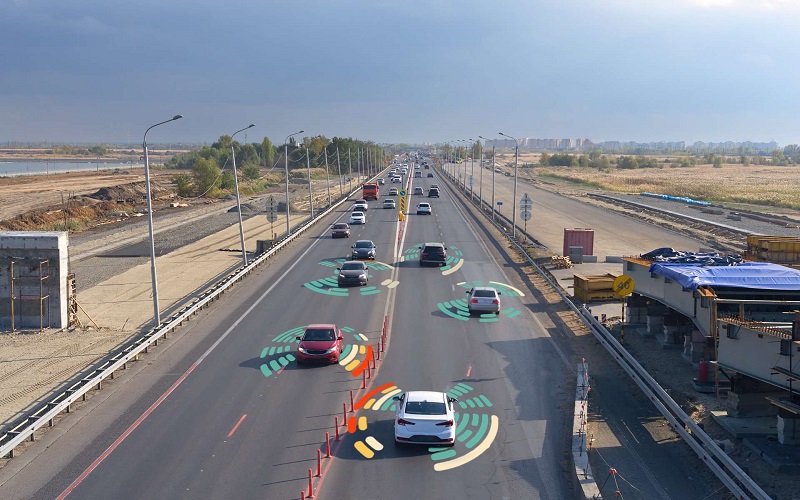
5. Delivery Drones
Companies like Amazon, UPS, and DHL are on a mission to make fast-mile deliveries a reality using drones. UPS was the first to make it a reality by delivering prescription medications to U.S. homes after receiving certifications from the Federal Aviation Administration. Even though the tech is here, drones must go through more regulatory phases before they can do full-scale commercial delivery. Right now, UPS is limited to rural areas and hospital campuses.
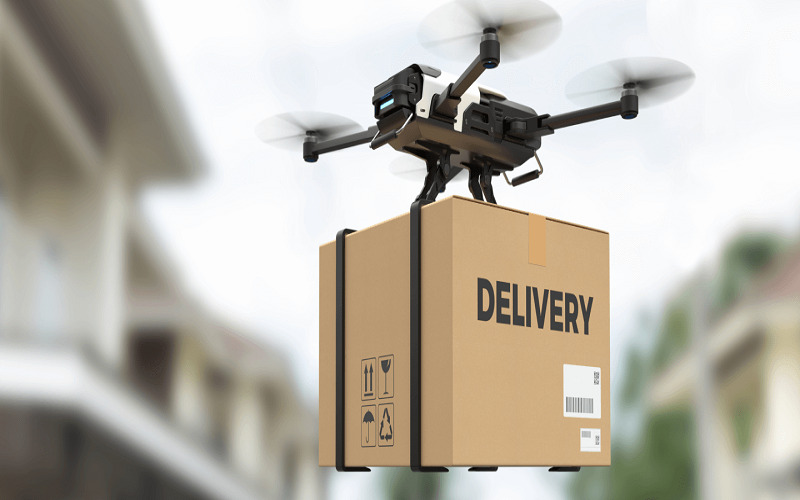
6. Autonomous Helicopters
Get ready for the future of transportation because autonomous aircraft are coming! Airbus had a successful test flight of its Vahana flying taxi, spending 53 seconds in the air. They plan to create a fleet of these electric vertical take-offs and landing (eVTOL) aircraft stationed on city rooftops to beat traffic jams. But that’s not all! Aurora Flight Sciences showcased a fully autonomous military helicopter using advanced camera sensors and cool LIDAR technology. It can avoid obstacles and pick the best route all on its own. Exciting times ahead for autonomous flying vehicles!
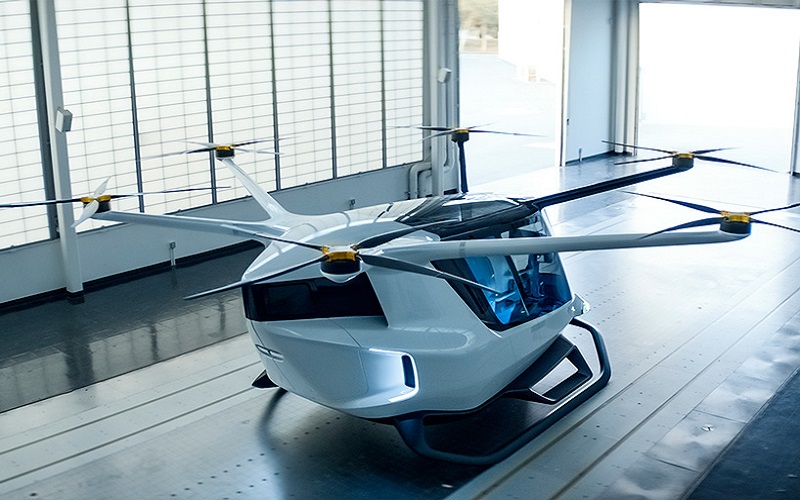
7. Gyroscopic Public Transportation
The Russian engineering company, Dahir Insaat Corporation, has come up with elevated vehicles that ride above existing roads, totally avoiding those annoying traffic jams. These self-balancing pods move on vertical supports, going up and down, overlapping in busy city areas.They can serve as public transit, luxurious spaces, or emergency vehicles, helping ease congestion and creating a new road level with less impact on the environment and cost. A pretty neat solution to beat the city’s traffic!
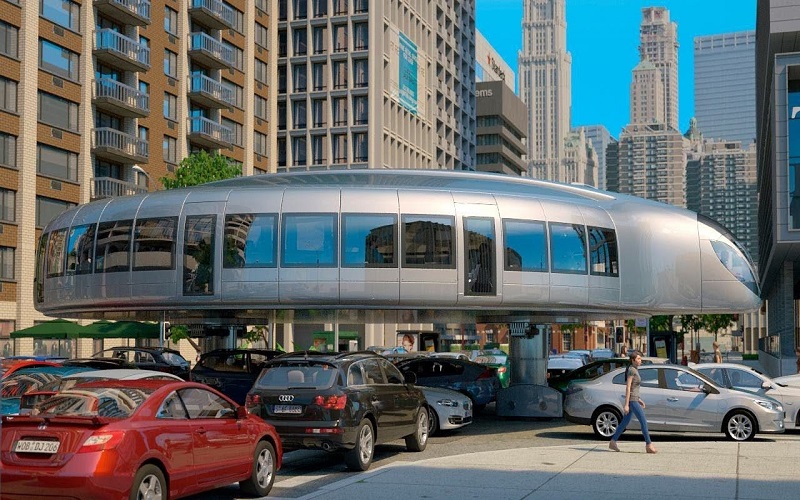
8. Spaces On Wheels
Spaces on Wheels is a research project that explores self-driving cars beyond transport, showing how they can become a standard part of our daily lives. Spaces on Wheels has created seven autonomous vehicles for various situations like offices, cafés, farms, etc. Current limitations have been turned into opportunities for technological advancements. Exciting times ahead!
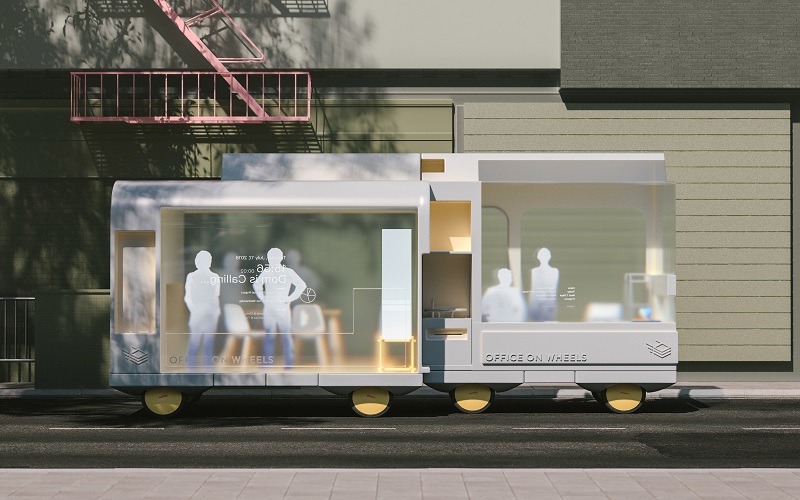
9. Renault Float
Yuchen Chai’s “The Float” is a futuristic concept where cars become social spaces and mobility fosters connectivity. This two-passenger vehicle can attach to other modules using an exterior magnetic belt and create connections with people. It moves through magnetic levitation, freely navigating in any direction without infrastructure.
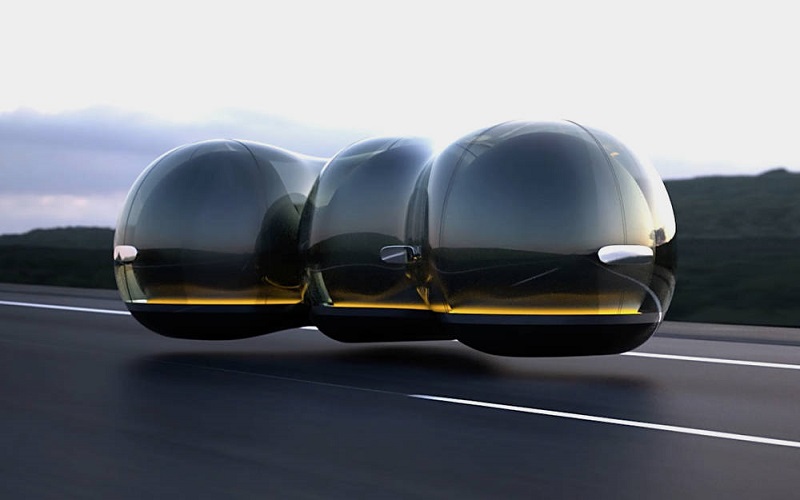
10. Bicycle-Sharing Systems
For those avoiding main transport hubs, bicycles offer a great alternative. Bicycle-sharing systems allow users to rent bikes from start to destination. Businesses can use electric bicycles for deliveries and cost-effective services. Research shows bicycle-sharing reduces traffic and pollution, making it a green technology.
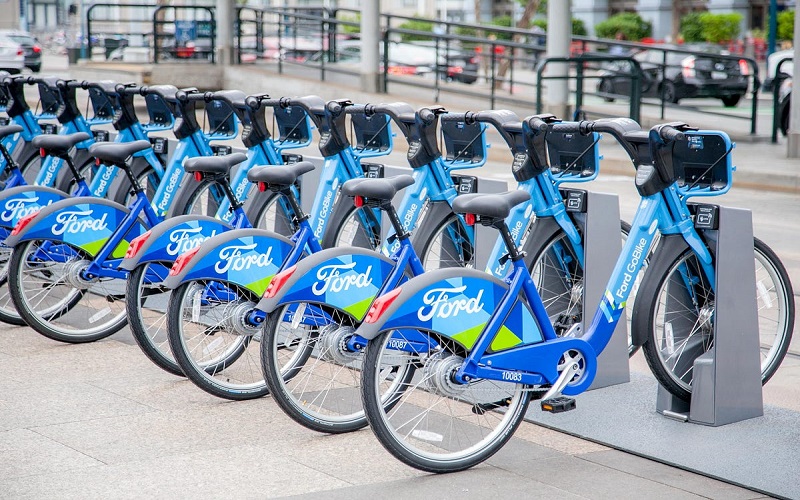
11. Space Elevator
Obayashi proposes a space elevator system connecting Earth with Space for transporting cargo and people. It is a realistic possibility for significant human infrastructure projects in space, enabling continuous communication with Earth like any other transport station. However, the concept is still embryonic and will take a lot of research and testing before it is made available to the public.
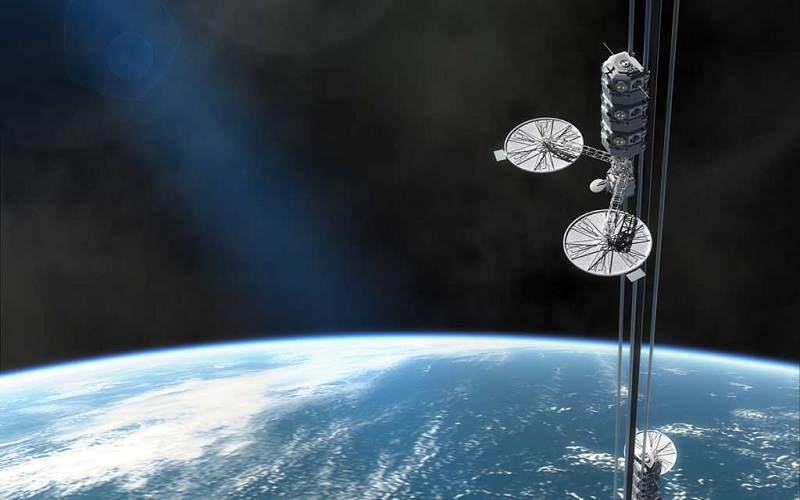
12. Elevated Cycle Paths
Technological advances in transportation include improving the surfaces they travel on. Elevated cycle paths above city streets make cycling safer and more convenient, reducing highway congestion. BMW and Tingyi University proposed building enclosed, climate-controlled elevated routes for e-bikes and scooters in Shanghai. This could accommodate the rapidly growing number of e-bikes in China, addressing air pollution concerns.
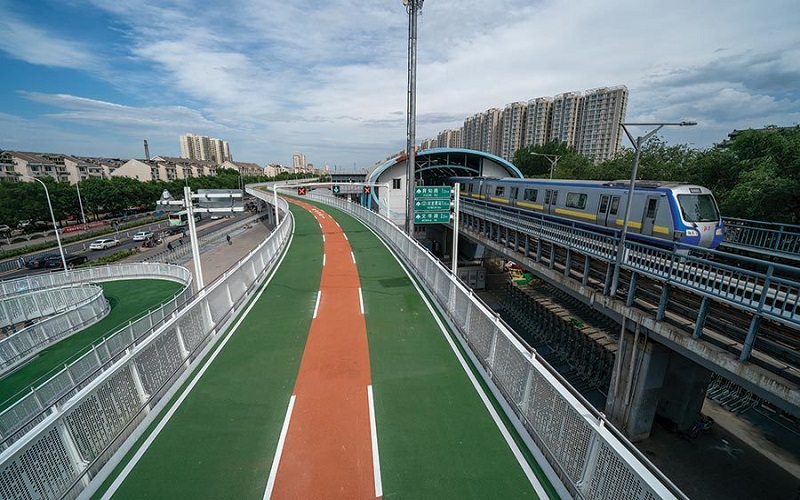
13. Lightweight Vehicles
Automobile manufacturers aim to create efficient and high-performing vehicles. According to reports, a 10% reduction in vehicle weight can improve fuel efficiency by 6% or more. They are exploring lighter materials like carbon fiber and magnesium-aluminum alloy to replace iron and steel. However, bringing this idea to reality is still a work in progress.
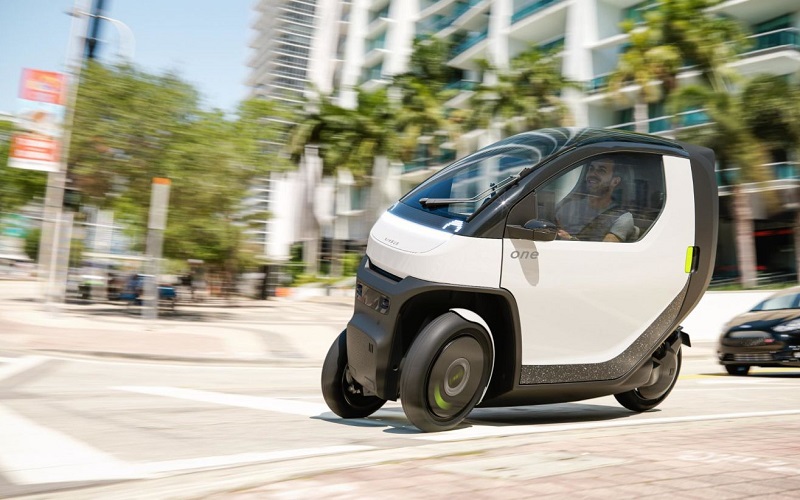
14. Hoverbikes
This concept is similar to an AAV, using a VTOL platform. Unlike unmanned AAVs, a human operator controls the hoverbike, which resembles a motorbike with four rotors. It aims to ease street traffic for short-distance travel. Hoversurf’s S3 2019 Hoverbike is a battery-powered, carbon fiber frame capable of flying at 96 KMph, 33 feet high. However, at $150,000 per bike, it may not be practical for daily commuters as of now.
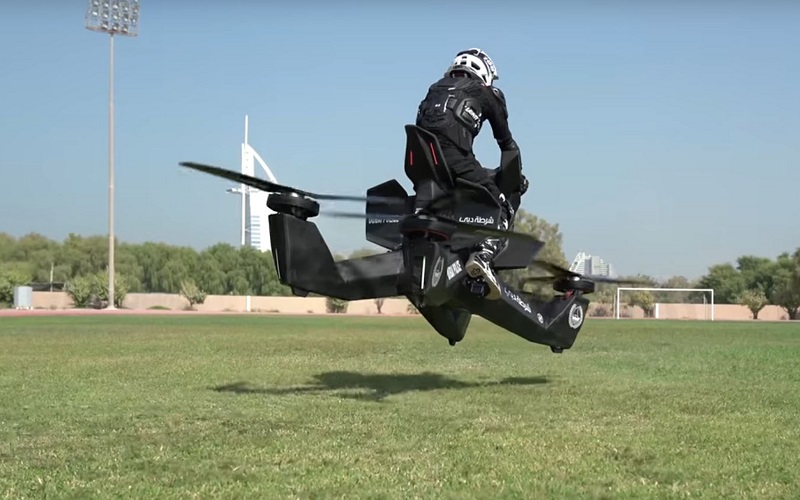
15. Manned Cloud
The Manned Cloud is a flying hotel that reintroduces the airship. It was proposed by French designer Jean-Marie Massaud for a unique and contemplative travel experience. Collaborating with ONERA, it’s an experimental transportation design requiring less energy for flight than other air transport systems. The idea is to explore the world with minimal impact.
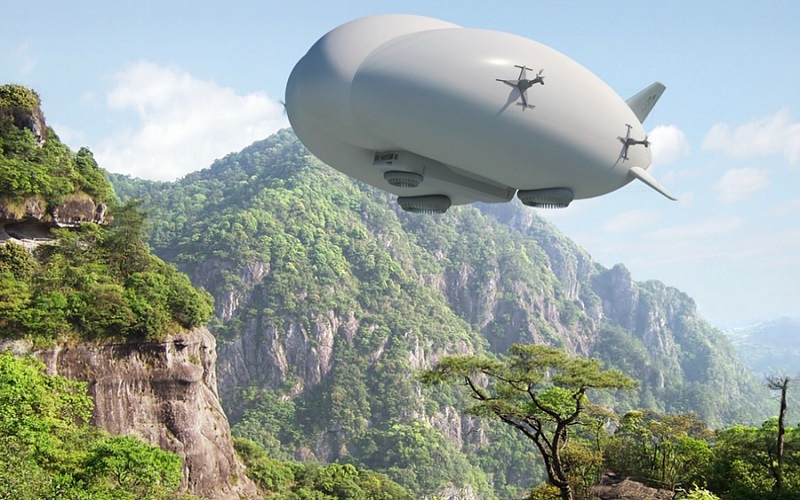
16. Drone Bus
Flying buses can transport a group of forty passengers quickly, like an airplane, but they can land closer to city centers. Kelekona trucks offer cost-effective freight transport, and they have massive battery power for long flights. The Airbus is expected to fly freight in 2022 and passengers in 2024, pending FAA certification. Exciting times for aerial transportation!
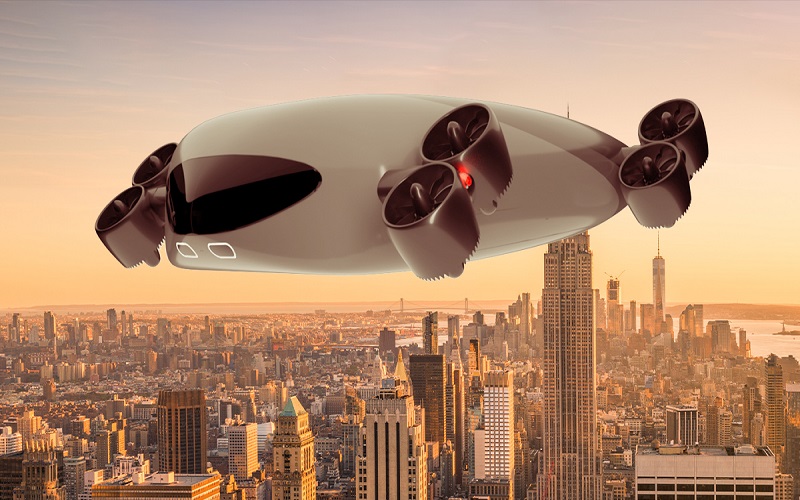
17. G107 Bao’an
Avoid Obvious Architects, and Tetra are transforming the 30-kilometer G107 highway and its surroundings in Shenzhen. They plan to replace old infrastructure with two four-lane enclosed highways to connect the fragmented city. The goal is to make Bao’an an intelligent and carbon-neutral city by 2045.
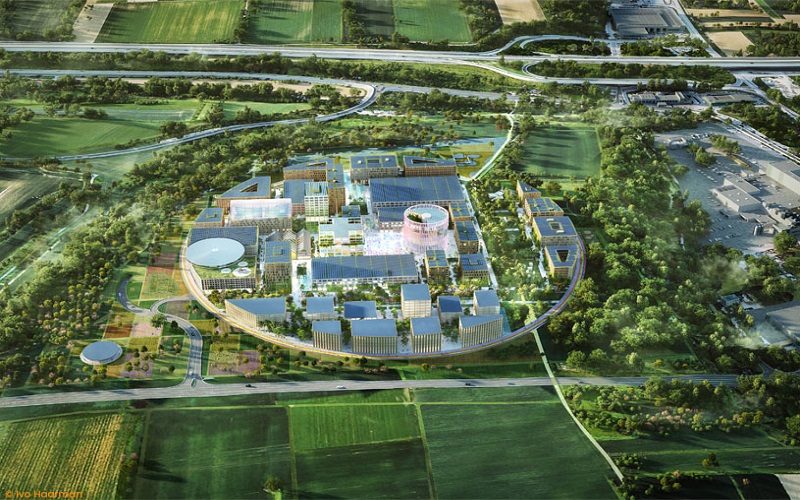
18. Starling Crossing
Starling Crossing prioritizes people over vehicles with its high-tech pedestrian crossing design. It dynamically reacts to different situations, adapting to pedestrian, cyclist, and vehicle movements in real time to enhance safety and prioritize pedestrian movement. Jan Gehl believes that inviting people to walk and use public spaces leads to more life in the city while prioritizing cars invites more cars.
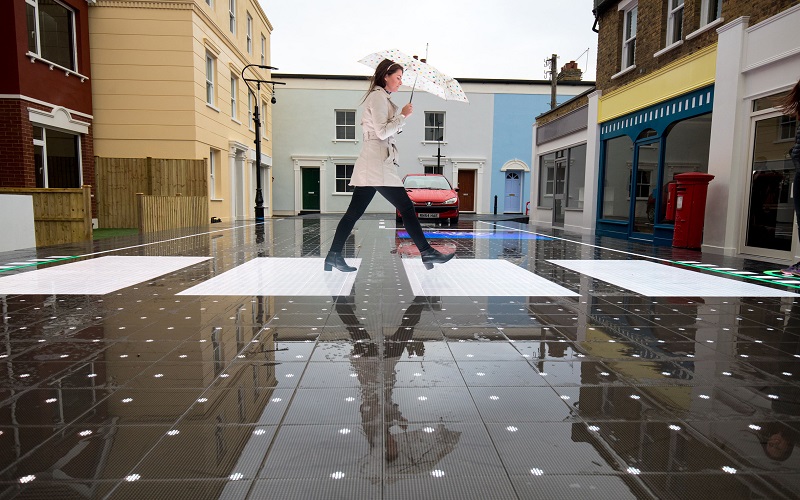
19. Sky Tran
According to Jerry Sanders, the CEO of Sky Tran, “The only way to get around traffic is to literally go above it.” The Sky Tran is a lightweight and compact vehicle that can carry up to four passengers and travels up to 240 kilometers an hour, suspended from elevated rails using maglev technology. Surprisingly enough, the Sky Tran uses the same amount of electricity as two hairdryers. According to Sanders, this adds to a low-cost and minimal ground footprint infrastructure, ensuring an effective integration in developing cities.
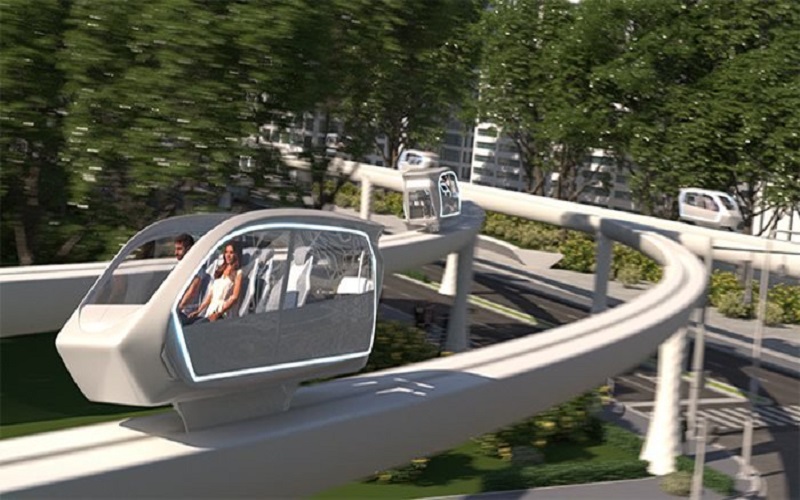
20. High Altitude Operational Concept (HAVOC)
Nasa’s HAVOC is a helium-filled airship for Venus’ atmosphere. Despite the scorching surface, the atmosphere is similar to Earth’s. It envisions floating cities and artificial habitats, expanding human development beyond Earth and exploring the solar system beyond Mars in the future.
